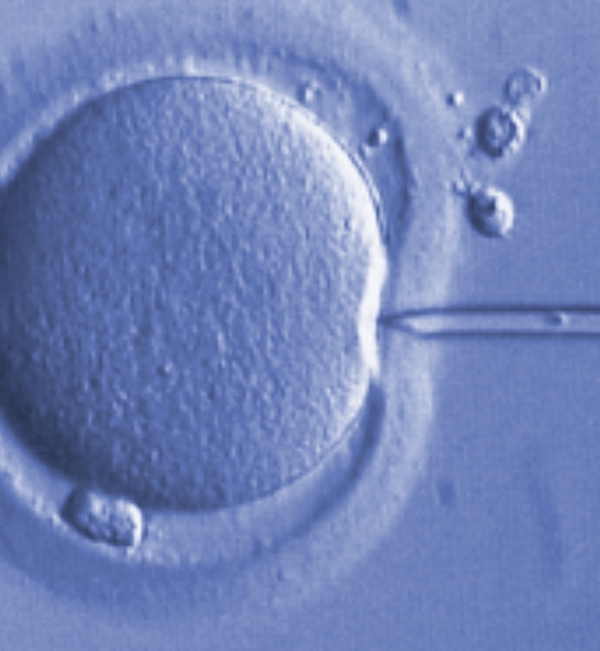All aspects of an IVF treatment cycle are personalized to achieve the best efficacy and safety. Hence, ãone size will fit all strategyã is not correct. Such an approach is indispensable to achieve the best live birth rates.
Treatment lasts about 3 weeks (ôÝ a couple of days) since starting of treatment; this period includes a couple of days of rest following embryo transfer. For this purpose, we usually start the treatment to stimulate the ovaries on Day 1, 2 or latest Day 3 of the menses, assuming that the first day of menses is Day 1. Although such a start for a treatment cycle is the most common one, occasionally some pre-treatment (before menses) may be required in some patients. Although, not mandatory, it may be preferable for those living in town to make an appointment 1-2 month in advance of a planned treatment cycle. For such a pre-treatment visit, no special timing for menses is required, in other words any time during the menstrual cycle is fine. During such a visit, all the prior infertility work-up as well as those lacking, can be thoroughly discussed with the couple. However, for those that will be coming from abroad, it might be more practical to come once on Day 1, 2 or latest Day 3 of their menses. With such timing both the initial consultation as well as commencing a treatment cycle would be possible in the majority of cases.
In an IVF treatment cycle, drugs, which stimulate the ovaries, are commenced on the second or third day of the menstruation and this procedure takes about 8-10 days until follicles reach 17-18 mm in diameter. During ovarian stimulation, the follicular growth is monitored by frequent trans-vaginal ultrasonography and blood estradiol (E2) levels. When the follicles reach 17-18 mm in diameter, the final egg maturation is triggered by injecting the final shut (Ovidrel/Gonapeptyl) and we schedule to perform the oocyte pick-up (OPU) procedure 34-36 hours after this final shut.
The OPU procedure is performed under light general anesthesia and it takes about 10-15 minutes. Following OPU, our patients rest at our center for 30-45 minutes, thereafter they may go home. Since OPU is done under light general anesthesia, it is best for the patient not to work that day, although not mandatory. Some patients may feel short-lasting and mild lower abdominal, pelvic or back pain following the procedure; in such cases, painkillers such as paracetamol (Parol/Vermidone) might be taken. No other painkiller or any sort of drug is permitted to be used.
On the day of OPU (Day 0), microinjection procedure is performed for mature oocytes with washed and prepared spermatozoa, which is produced by the husband by masturbation. One spermatozoa is injected under high-magnfication microscopy inside of an each mature oocyte. Fertilization is checked one day after (Day 1).
Embryo quality is checked in the morning of Day 2 (2 days after OPU). At our center, we near exclusively perform Day 5 embryo transfer (ET), both in fresh and frozen embryo replacement (FER) cycles. For fresh ETs, there is good available evidence that Day 5 ET is associated with much better live birth rates compared to Day 3 ET while minimizing the multiple pregnancy rates, since single embryo is transferred in the majority of Day 5 ETs. If the couple has only 1-2 embryos, we may then plan Day 3 ET.
We have a very successful cryopreservation program for surplus embryos. We, currently, only freeze on Day 5 or 6 (5-6 days after OPU). Following thawing, the survival rate is around 98% and our pregnancy rates in FER cycles is around 64%.
The procedure of ET is done under ultrasonographic guidance will full bladder and it takes about 3-4 minutes. It is a painless procedure. Following ET, our patients rest for around 1 hour at our center. Although not based on scientific evidence, we tell our patients to take it easy and have some bed rest for 2-3 days following ET. For those patients that are coming abroad, they may fly back home 1-2 days after ET.
